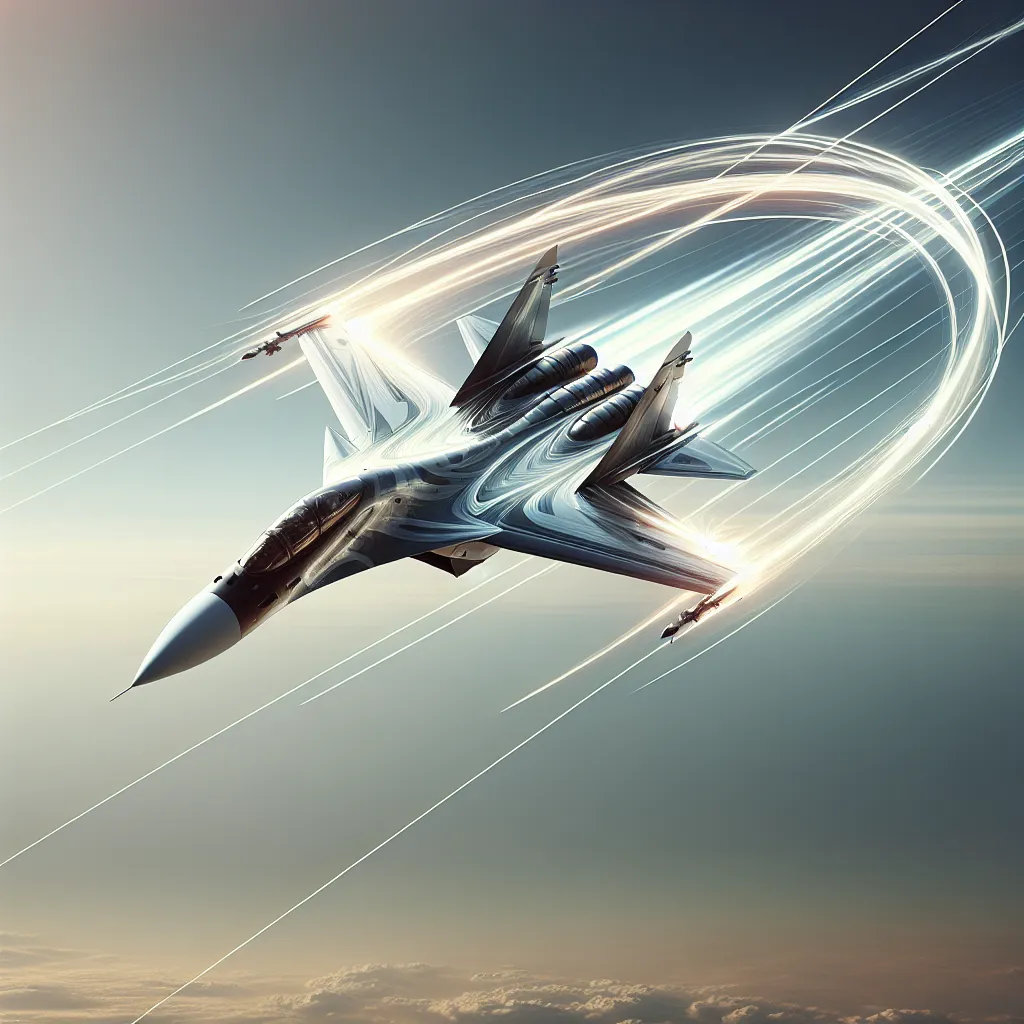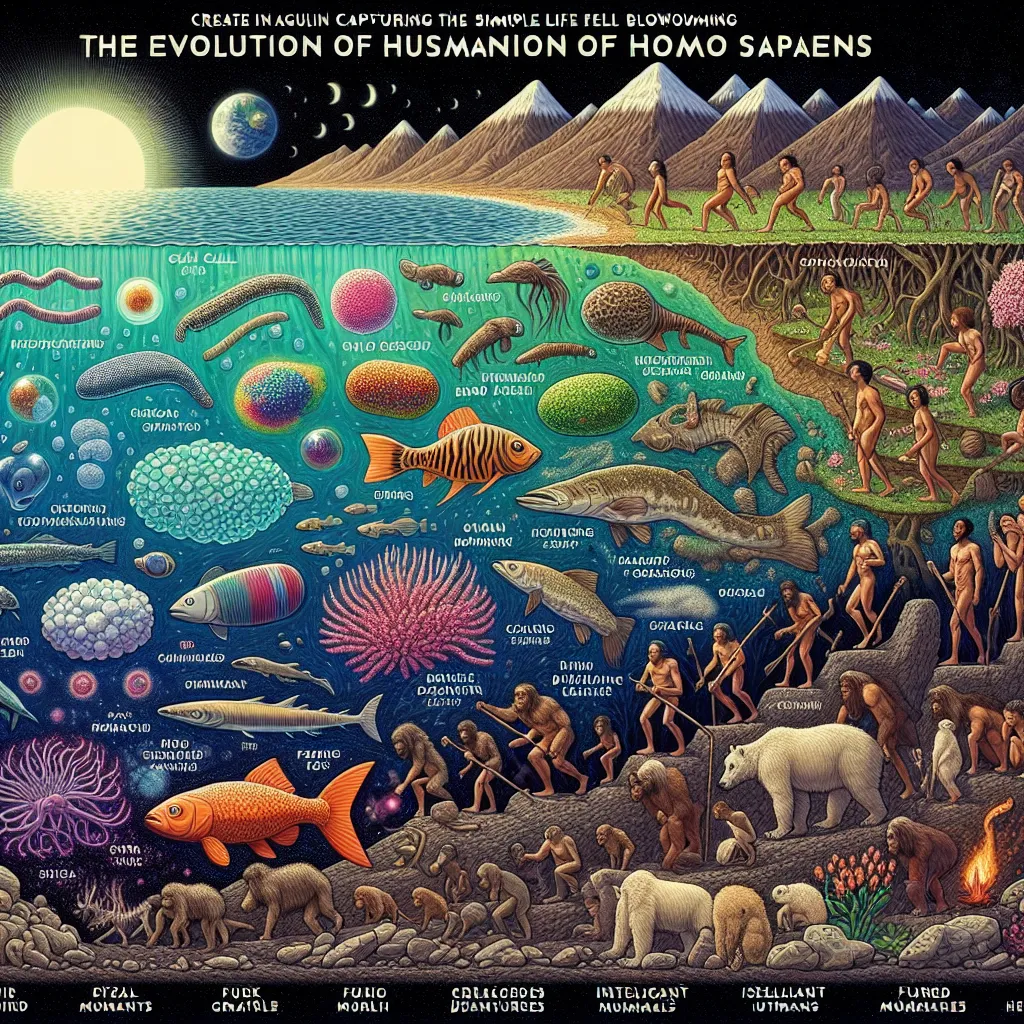The YF-22 showcases the latest in thrust-vectoring technology, which redirects exhaust gases to push the plane’s tail around faster. This tech allows fighters to change direction swiftly and enhances their maneuverability.
Initially, the YF-22 was expected to dominate the skies for two decades. However, a rival has emerged: the Sukhoi 37. This plane is potentially the most advanced fighter ever built. With even more incredible thrust vectoring capabilities, it’s faster and far more agile in close combat compared to the YF-22.
The Sukhoi 37 might look like any other fighter, but it can execute maneuvers that seem impossible. Traditional fighter jets are fast but heavy, making sharp turns challenging. The Sukhoi 37 defies this norm, performing gravity-defying moves thanks to its thrust-vectoring and small canard wings on its nose. These features enable the pilot to maneuver the 20-ton aircraft with the elegance of an aerobatic plane, reversing direction instantly. This superior agility provides a significant combat advantage.
During its first public display, the Sukhoi 37’s pilot boldly challenged anyone to a dogfight, but no one accepted. This moment underscored the aircraft’s dominance in the skies. Despite advancements in fighter jets, pilots are becoming the limiting factor as they strive to keep up with the planes’ growing capabilities.






